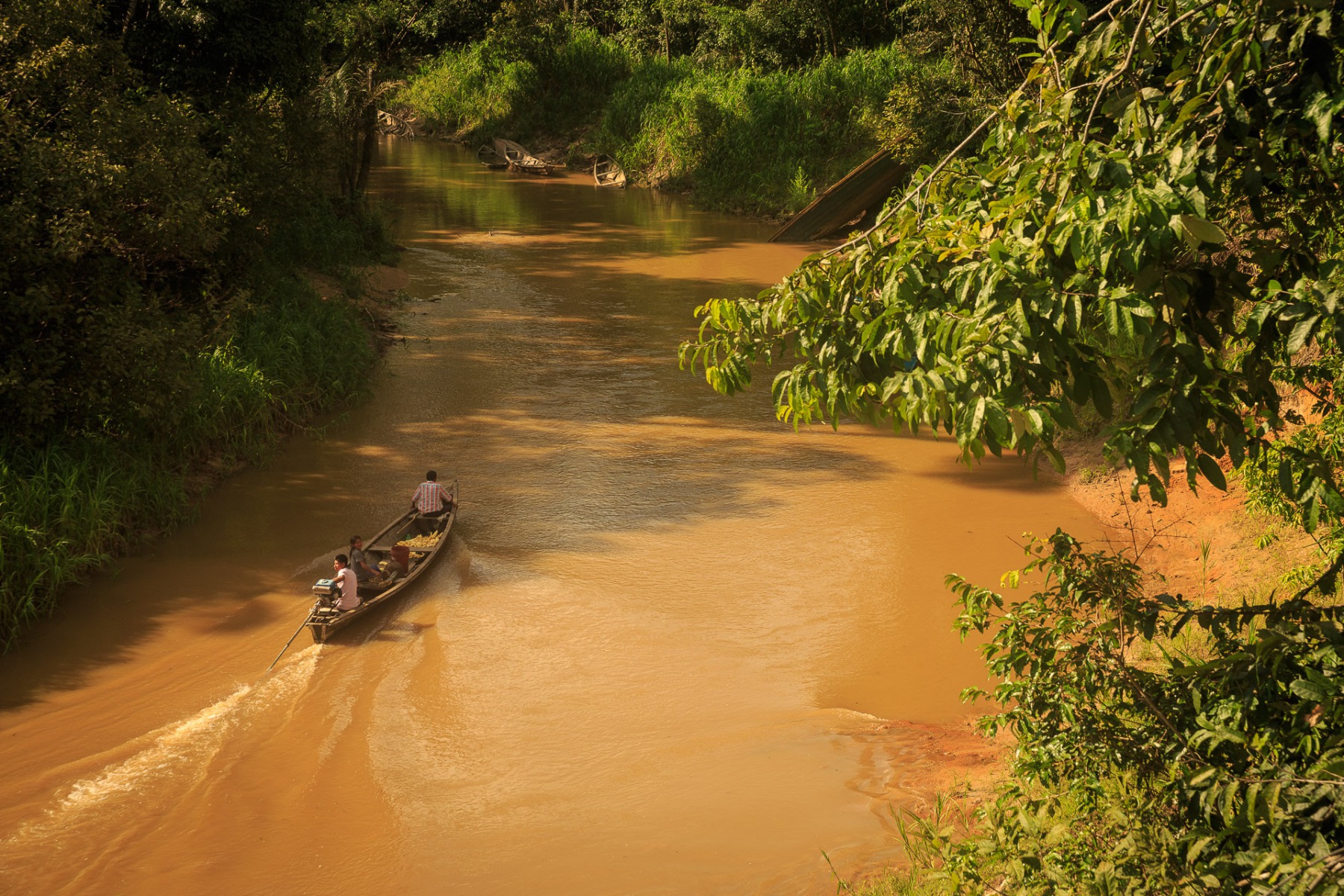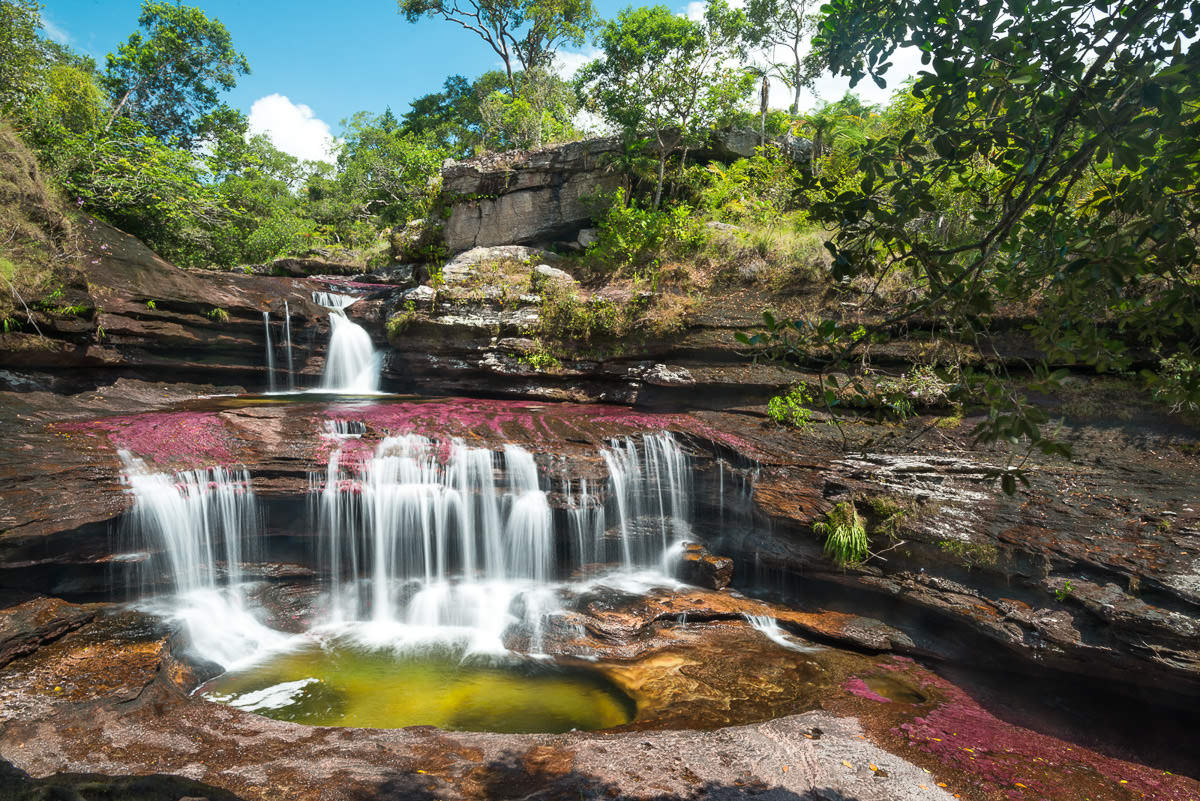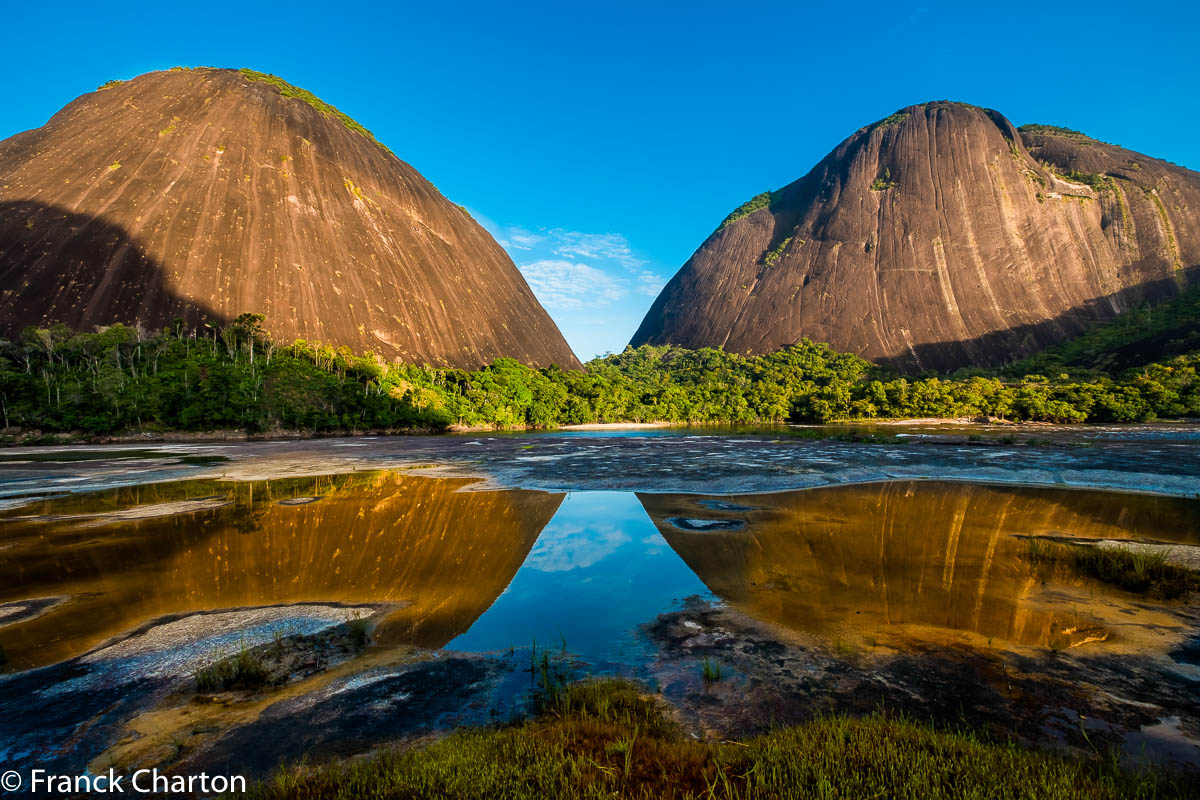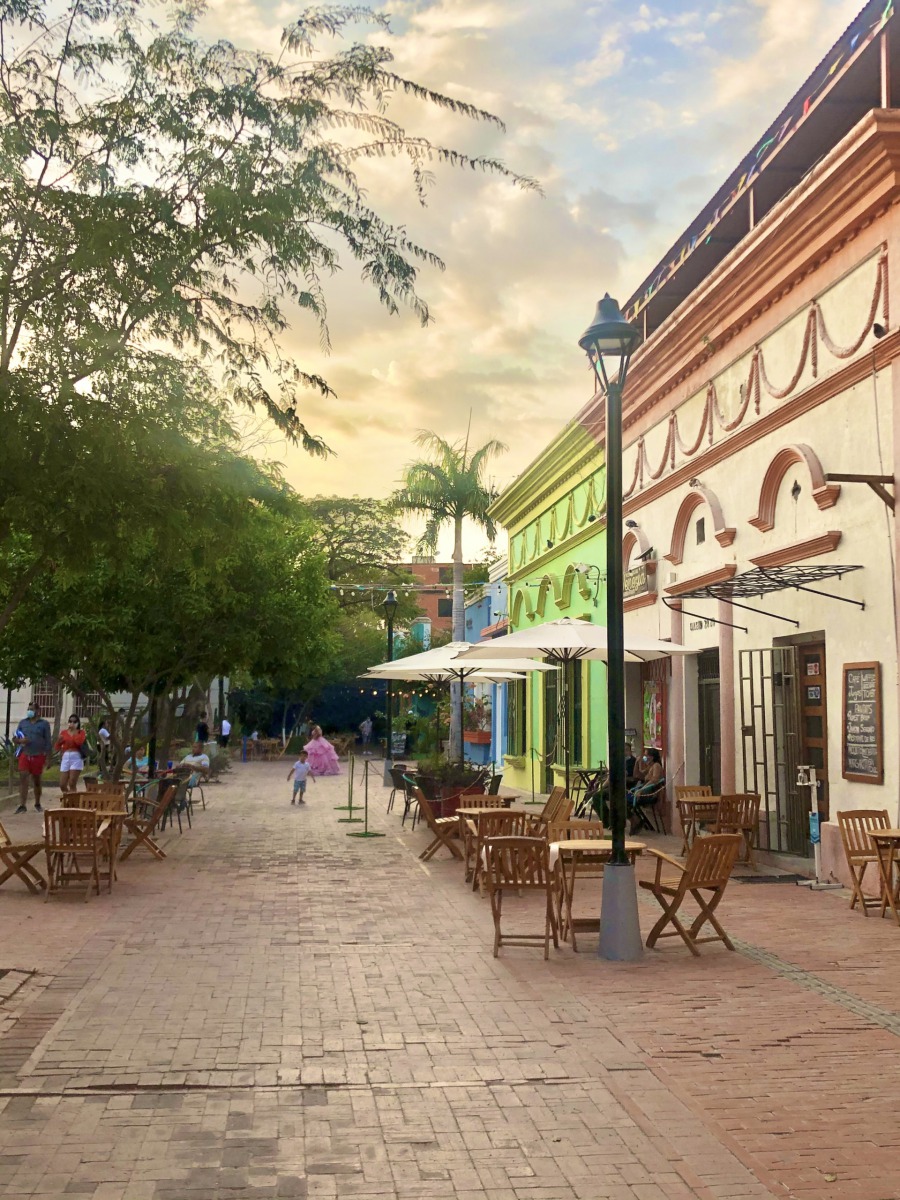Leticia overview
The Amazon rainforest is one of the world’s most important reservoirs of insect, animal and plant biodiversity and accounts for more than half of the world’s tropical forests. In ecological terms, it is a primary forest in its climax stage. The department of the Amazon covers 109,665 km2 which is equivalent to 9.6% of the national territory and 27.2% of the Colombian Amazon. The Amazon River (6,400 km long) runs 117 km through Colombia.
Life is punctuated by the floods of this giant river, which in the dry season spreads over a width of 4 km, only to flood the forest for kilometres during the rainy season when the water level rises by 15 m. Two long rivers, the Caquetá (2,200 km) and the Putumayo (1,900 km) also cross the Colombian Amazon.

History of Leticia
The Amazonian forest was traversed from the 16th century onwards by the conquistadors in search of the treasures of the pre-Columbian peoples. Many of them died there. Later, the forest was exploited for its rubber. In 1867, the city of Leticia was founded. This was the beginning of the exploitation of the Amazon ecosystem that would later decimate the indigenous population.
The Amazon is shared by Peru, Brazil and Colombia, and is known as the tri-border heartland of the Amazon. Colombia had to fight to defend its borders in this region and was only able to secure its borders in 1922. Today, the forest is still exploited for its precious wood and rubber.
Contact a Travel Agent now
Design the trip of your dreams today with one of our country experts:







